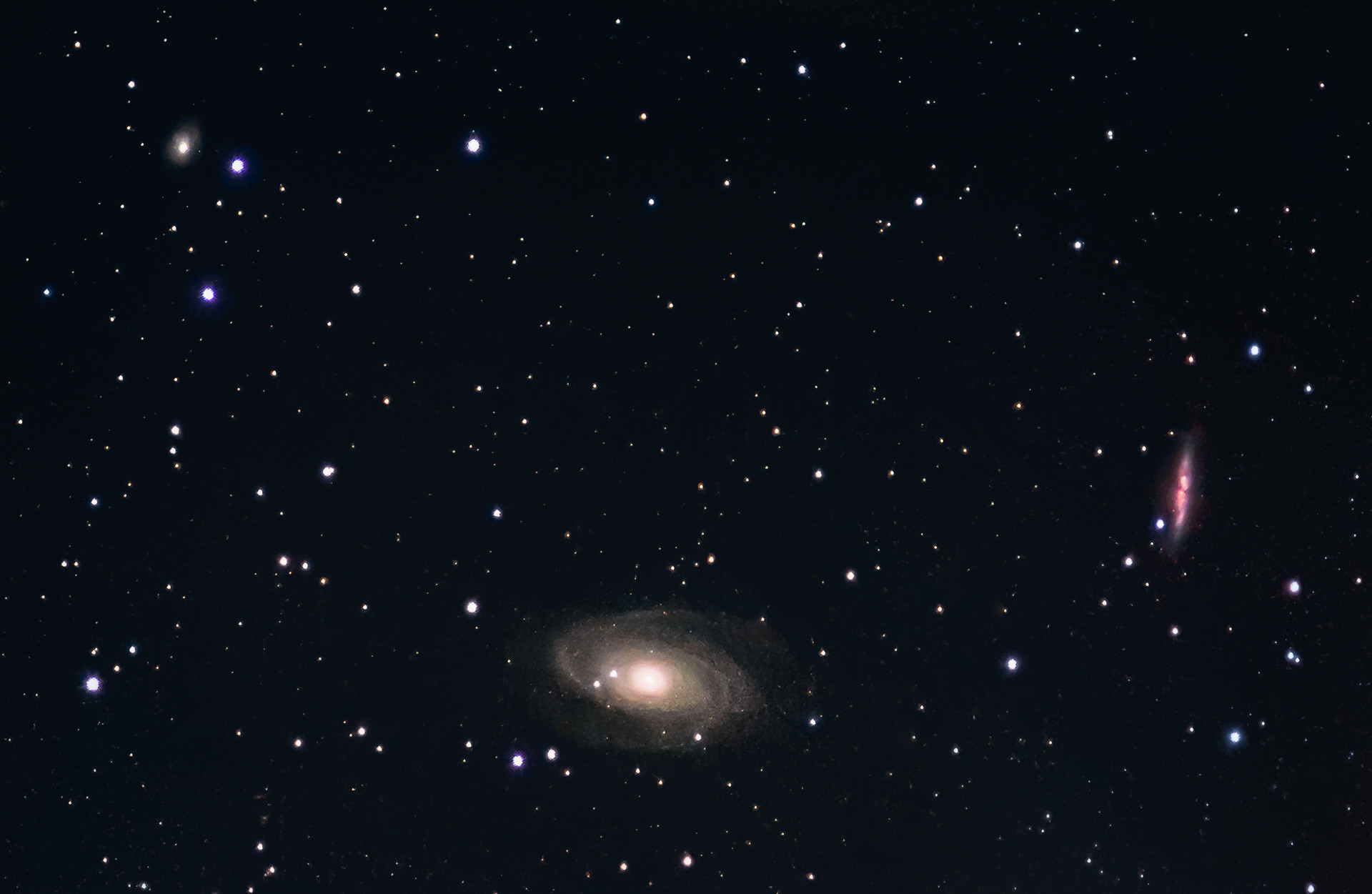I have tested RPi HQ Cam for astrophotography over last month and it works quite well.
First, sample images:
 Canon FD 200/2.8 lens, 42 minutes exposure time (not a high quality glass, and not long enough exposure time to get rid of all noise)
Canon FD 200/2.8 lens, 42 minutes exposure time (not a high quality glass, and not long enough exposure time to get rid of all noise)
 WO SpaceCat 250/f4.9 scope, 290 minutes exposure time
WO SpaceCat 250/f4.9 scope, 290 minutes exposure time
Few more images here: https://terramex.neocities.org/astro/index.html
I also tested general low-light noise performance, comparing it to Sony a5100 mirrorless camera using the same lens (35/2.4) and settings (ISO 800, 10s exposure time) on both. Also cropped image from a5100 to match RPi's field of view. Both shot as RAW files. It was pitch black outside, no moon or light sources within 1km.
Sony a5100:

RPi HQ Camera:

Colours are much better out of the box on a5100, as expected, but total amount of captured detail seems to be in the same ballpark on both cameras.
Just make sure to always use highest possible analog gain (16.0) as it increases signal-to-noise ratio substantially.

Small sensor size is not a problem if you have sharp optics in front of it. Low light performance is pretty good. It is easy to attach active cooling to it (I use small Peltier cooler with radiator and fan).
One drawback of this camera, is that it performs on-sensor noise reduction, present even in RAW files. My guess is that it is Sony's "star eater" algorithm (small stars get green-ish tint and there are snake-like patterns in noise).
There were a few software hoops to jump through to turn off auto calibration and get exposures longer than 21s, but now running "sudo rpi-update" is everything you need to do to get latest fixed version of raspistill app.
23.06.2020 update: Raspberry Pi developers exposed option to disable on-sensor noise reduction: https://www.raspberrypi.org/forums/viewtopic.php?f=43&t=277768
I have not tested it personally yet, but it should help preserving small stars a lot. As soon as I test it I will post results here. Samples posted it linked thread look very promising.








